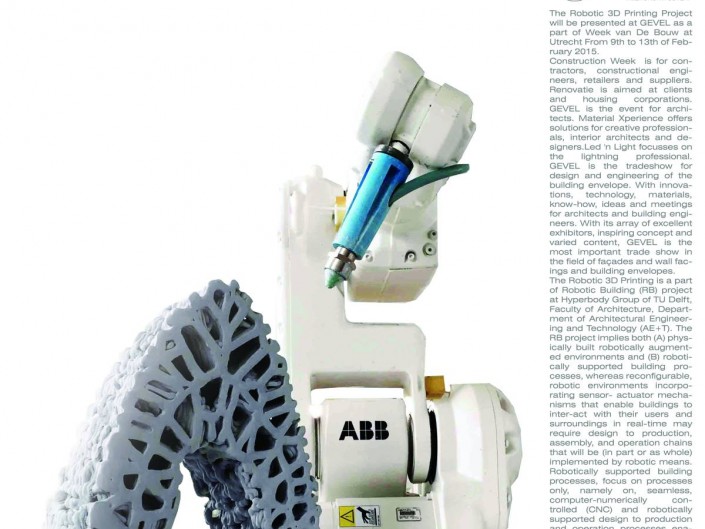Fluid Morphologies
The design-driven discourse in this graduation project investigates how architecture can be more intelligent by being able to adapt and transform to changing flow of knowledge. If architecture can be transformed according to this changing flow of knowledge buildings do not have to be destroyed as the building itself has become intelligent. The question is how to reach such a new state of intelligent architecture. Is it possible to create an architecture that is able to intelligently adapt according to complex systems and how can these systems be implemented to create self-organizing and transformative physical spatial bodies?
The method chosen is one of static building elements that can be added,
reconfigured or removed depending on the needs in time. Because it’s on water and these elements are essentially boats, the project can change according to changing needs. The initial configuration has been decided upon using an agent simulation based on a system of rules based on relations, sun and
contextual limitations. Followed up by this is the minimal detour simulation that optimize routes between external points and different agents.
The urban form is informed by flow lines inspired by computational fluid dynamics, function requirements, structural optimization and solar radiation, resulting in a design with large diversification in porosity based on different opening functions and the before-mentioned information.
The building itself is also designed to be self sufficient and generates its own energy with translucent DSC panels and filtered water using a reverse osmosis filter. The structure consists of a concrete base until ground level and continues using robotically milled EPS components with laminated glass fiber reinforcement.
Fluid Morphology
- VR Impression [Full screen mode]












